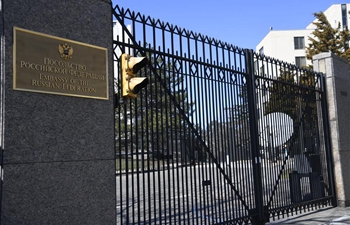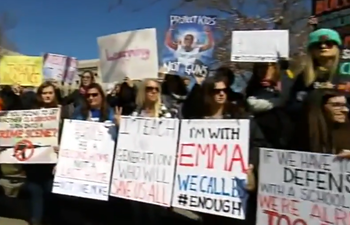CHICAGO, March 28 (Xinhua) -- Pending home sales index in the United States reversed the course in February by rising 3.1 percent to 107.5 from 104.3 in January, according to the National Association of Realtors (NAR).
But the index, a forward-looking indicator based on contract signings, is still 4.1 percent lower than 112.1 reported a year ago, as a result of weakening affordability and not enough inventory on the market.
To be specific, the pending home sales index in the Northeast Region in the United States surged 10.3 percent to 96.0 in February, but is still 5.1 percent lower than a year ago; and inched up 0.7 percent to 98.9 in the Midwest, but is 9.5 percent lower than February 2017.
Pending home sales in the South rose 3.0 percent to 125.7 in February, but are 1.5 percent lower than last February; and the index in the West climbed 0.4 percent in February to 96.9, but is 2.2 percent below a year ago.
"Contract signings rebounded in most areas in February, but the gains were not large enough to keep up with last February's level, which was the second highest in over a decade," said Lawrence Yun, NAR chief economist. "The expanding economy and healthy job market are generating sizeable homebuyer demand, but the miniscule number of listings on the market and its adverse effect on affordability are squeezing buyers and suppressing overall activity."
With the start of the spring buying season in full swing, Yun holds that both buyers and potential sellers will adjust to the steady climb in mortgage rates since late last year. Prospective buyers will continue to feel the strain of swift price growth, which has grown 5.9 percent so far in 2018, and of the higher borrowing costs; while more would-be sellers will balk at listing their home for sale out of uneasiness of losing their low mortgage rate.
Yun expects existing-home sales to be around 5.51 million in 2018, flat from 2017; and the national median existing-home price to increase around 4.2 percent. In 2017, existing sales increased 1.1 percent and prices rose 5.8 percent.
The National Association of Realtors is the largest U.S. trade association, representing 1.3 million members involved in all aspects of the residential and commercial real estate industries.












